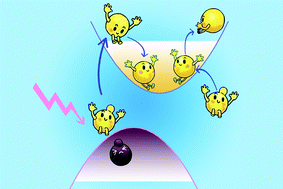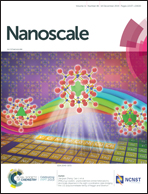Ultrafast and large optical nonlinearity of a TiSe2 saturable absorber in the 2 μm wavelength region†
Abstract
The non-equilibrium state of correlated electron materials is crucial for both scientific research and practical applications in optoelectronic and photonic devices. Because of the weak optical nonlinearity of most materials even under a dense optical excitation, it is desirable to achieve a significant nonlinear optical response with ultrafast and large optical nonlinearity utilizing a common material. Here, an ultrafast response and large optical nonlinearity induced by non-equilibrium electrons in typical transition metal dichalcogenides, TiSe2, are investigated in the 1.55–2.0 μm wavelength region. Significantly, we observe an ultrafast transient dynamics of 491 femtoseconds as well as a large optical nonlinearity with a saturable coefficient of −0.17 cm GW−1 (1.55 μm) and −0.10 cm GW−1 (2.0 μm). Upon increasing pump fluence, TiSe2 exhibits an enhanced bleaching response amplitude up to 563%. Furthermore, a stable Q-switched fiber laser in the 2.0 μm wavelength region is achieved by employing the TiSe2-saturable absorber. The findings offer the potential design to enhance the optical nonlinearity via non-equilibrium electrons for advanced photonic devices.



 Please wait while we load your content...
Please wait while we load your content...